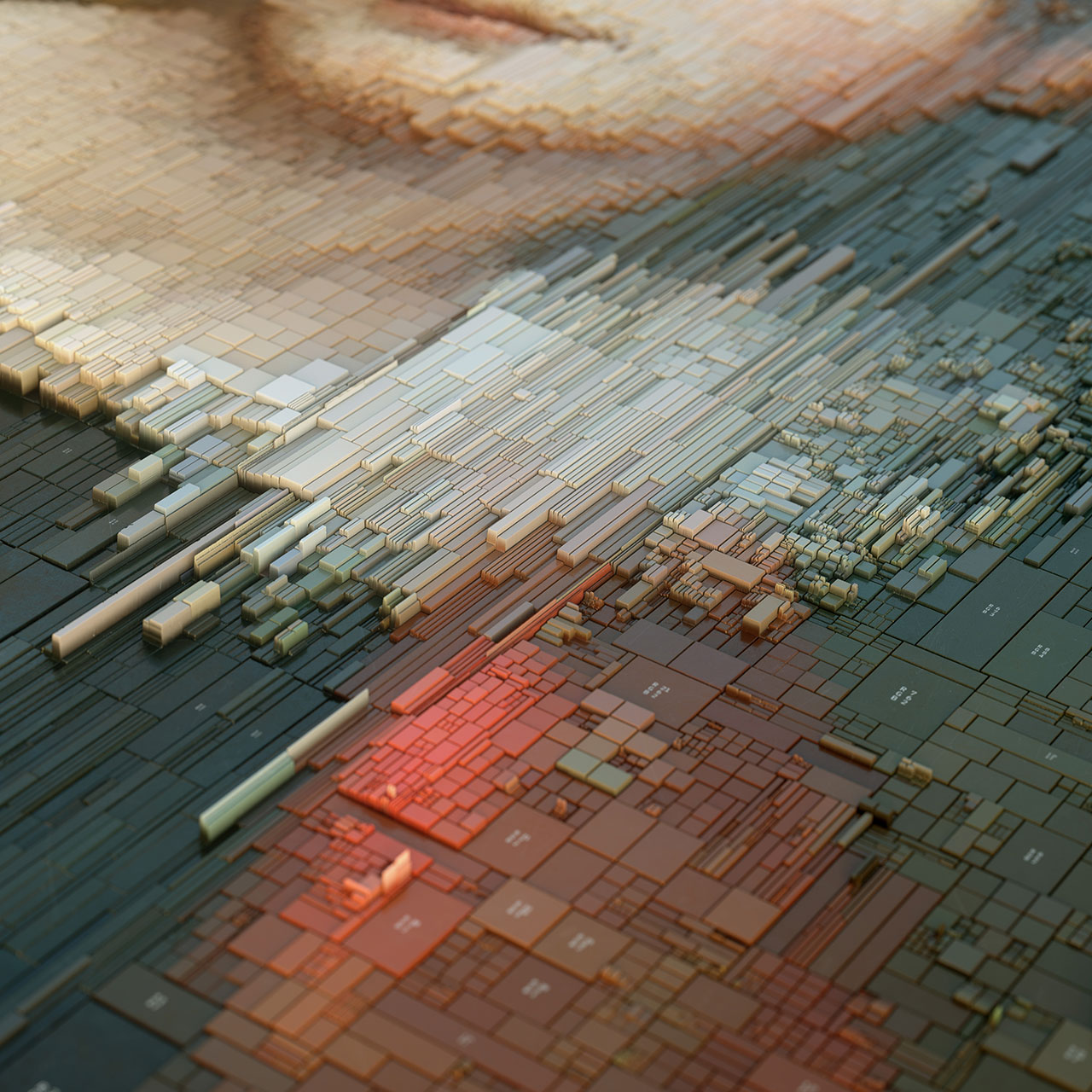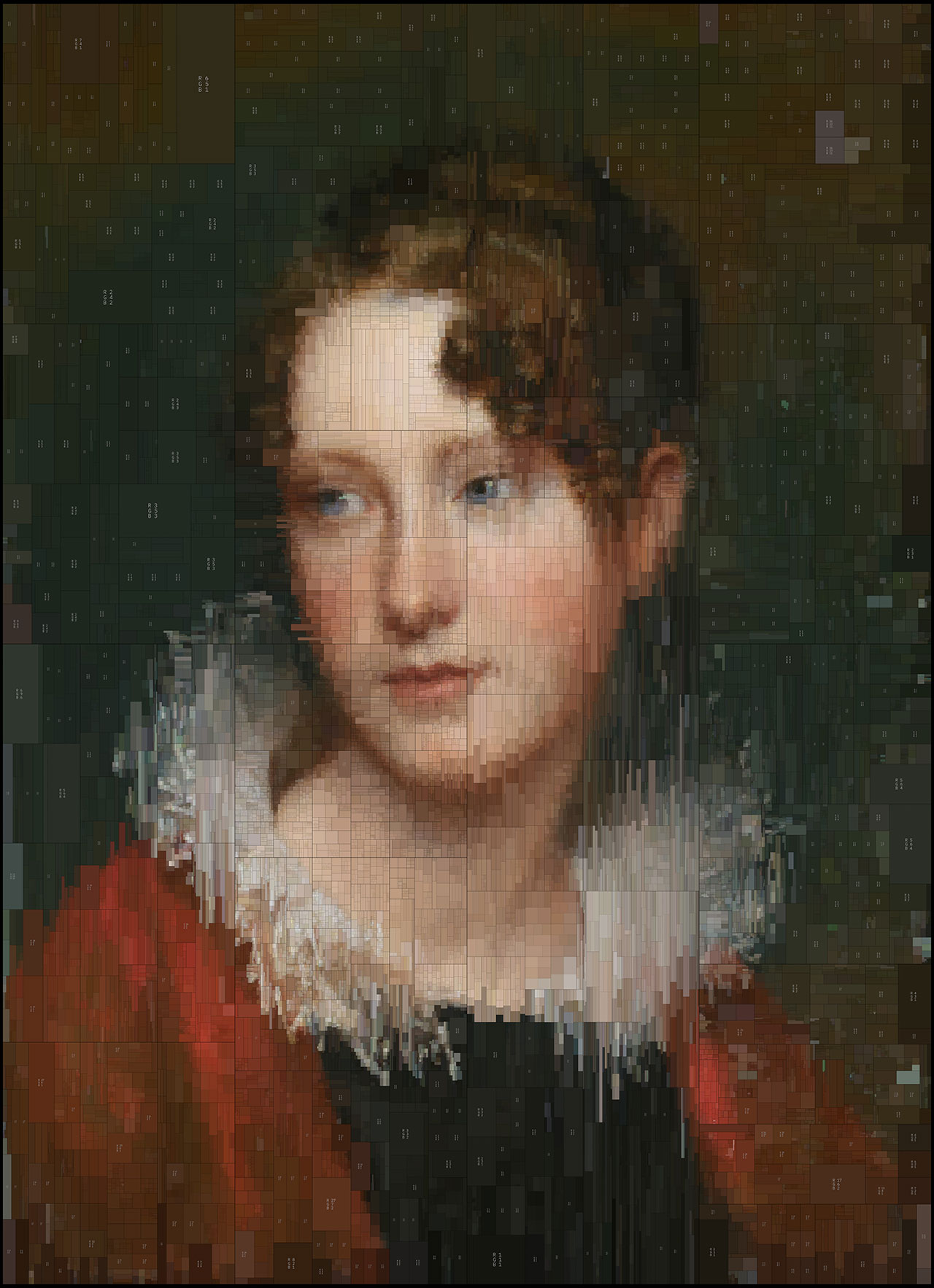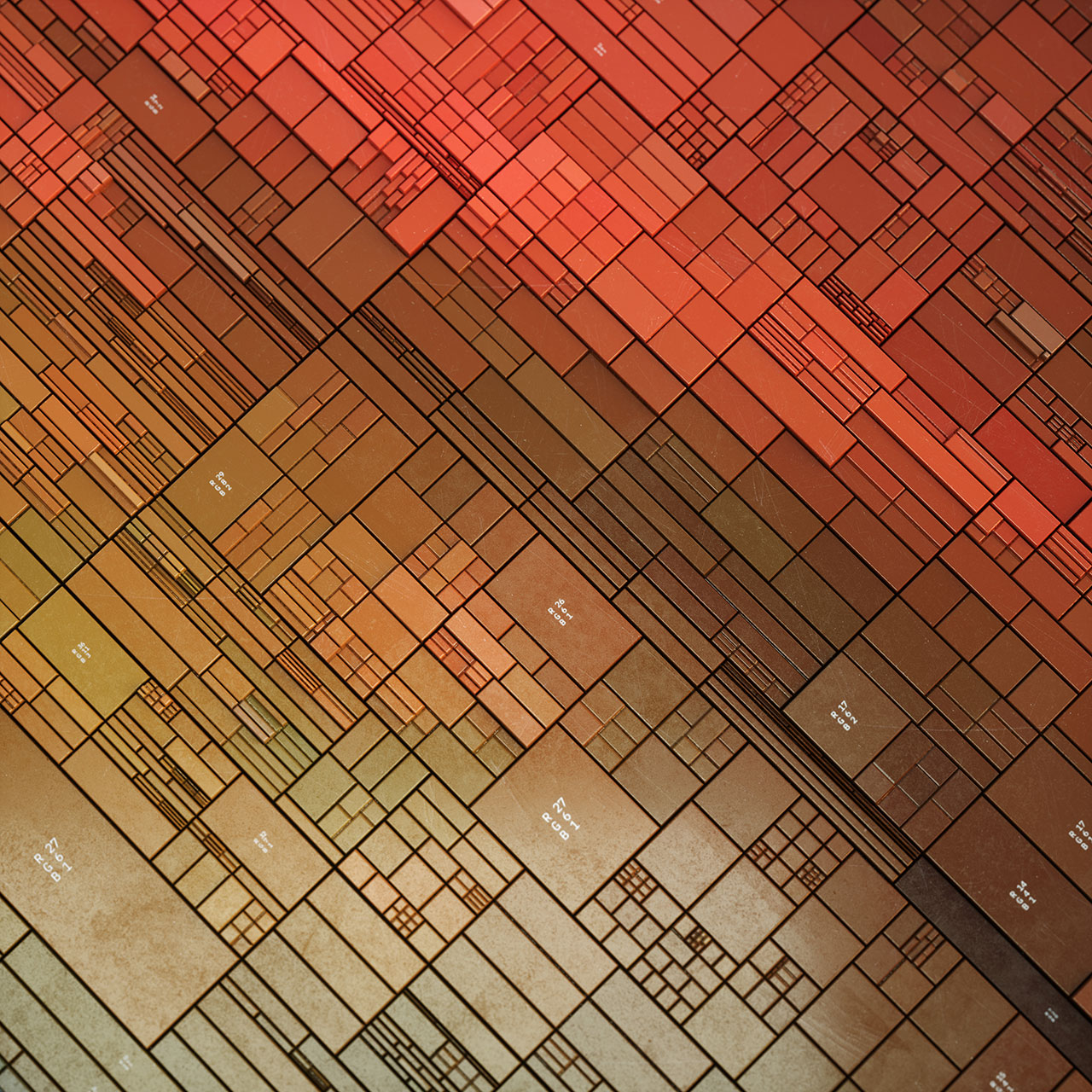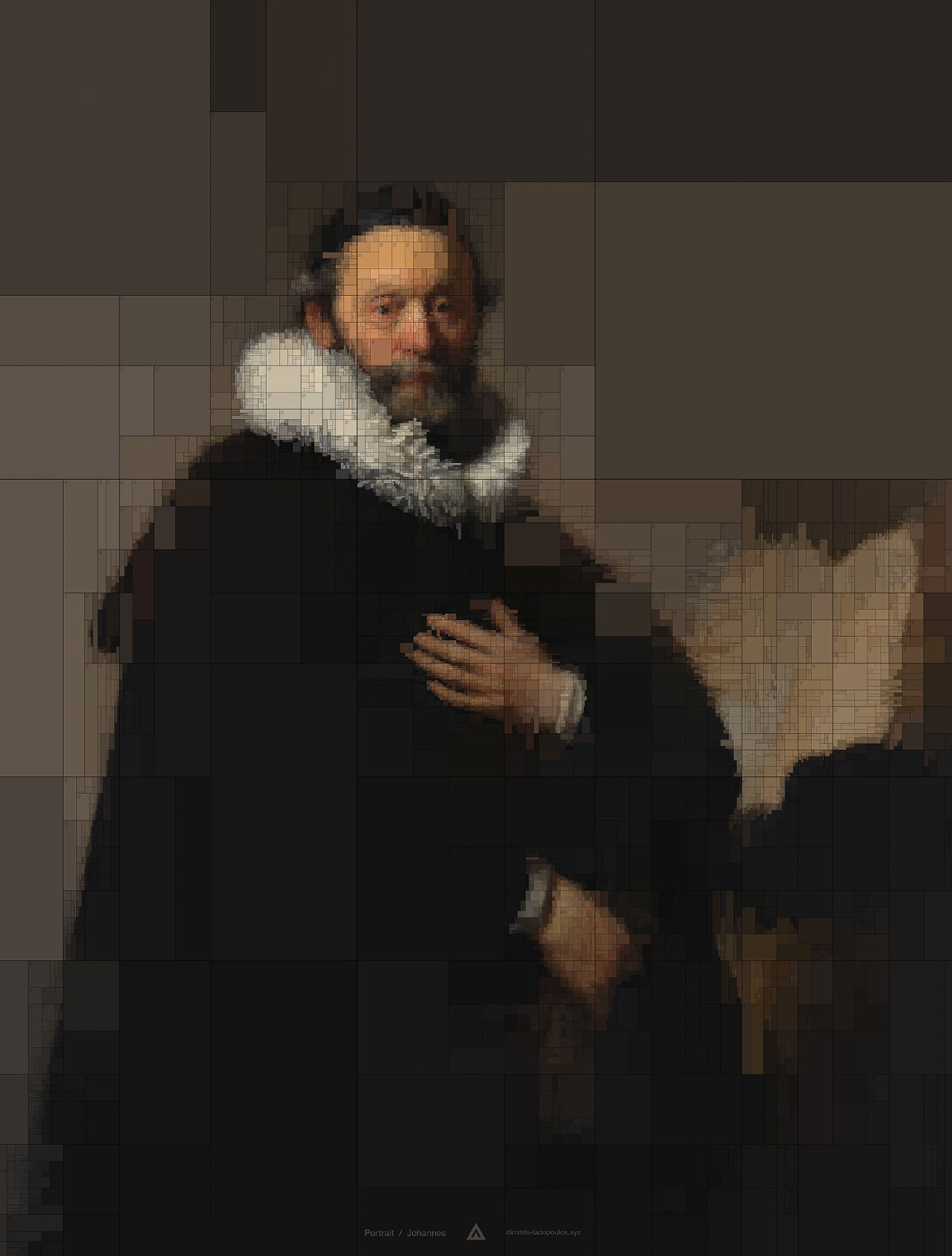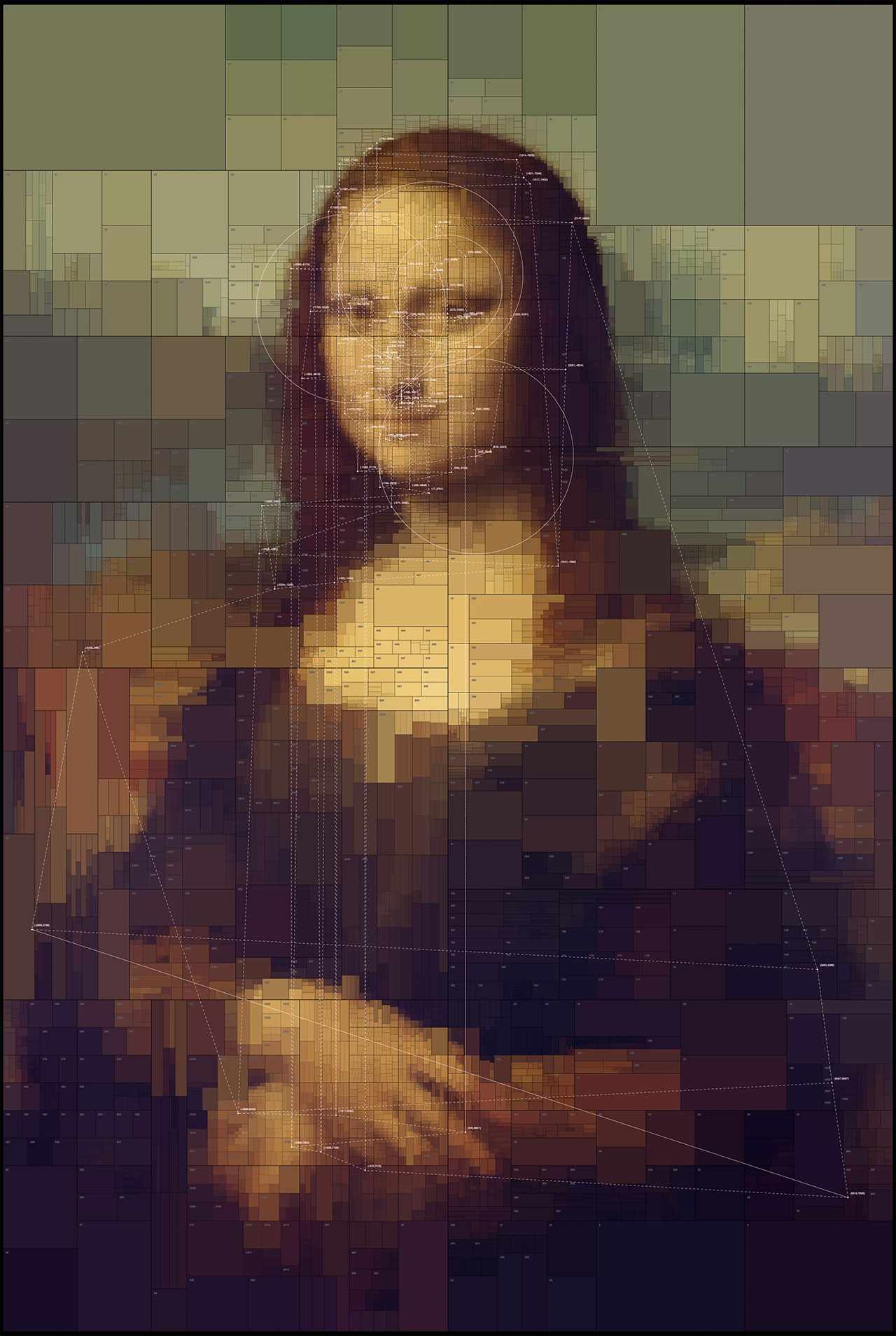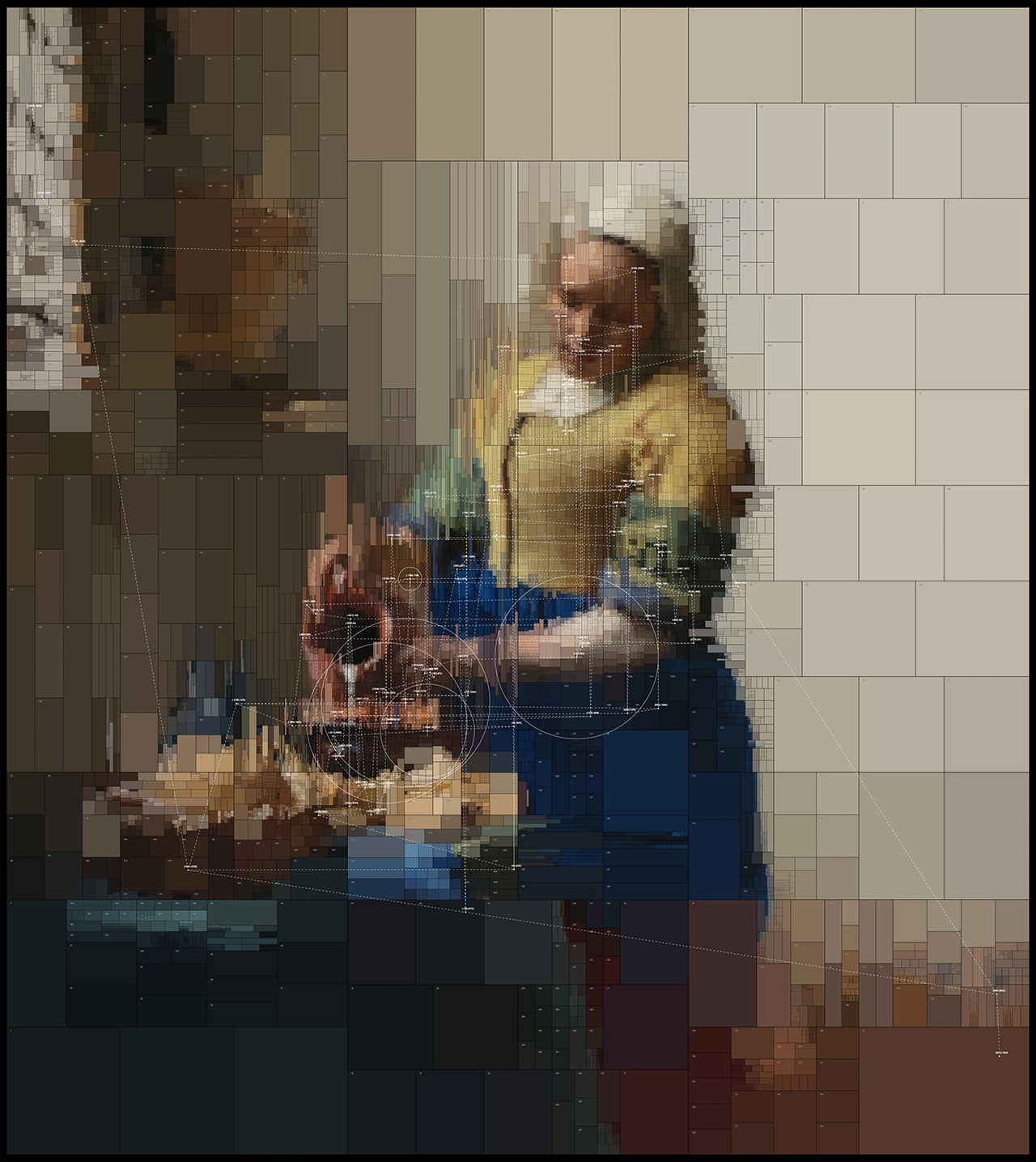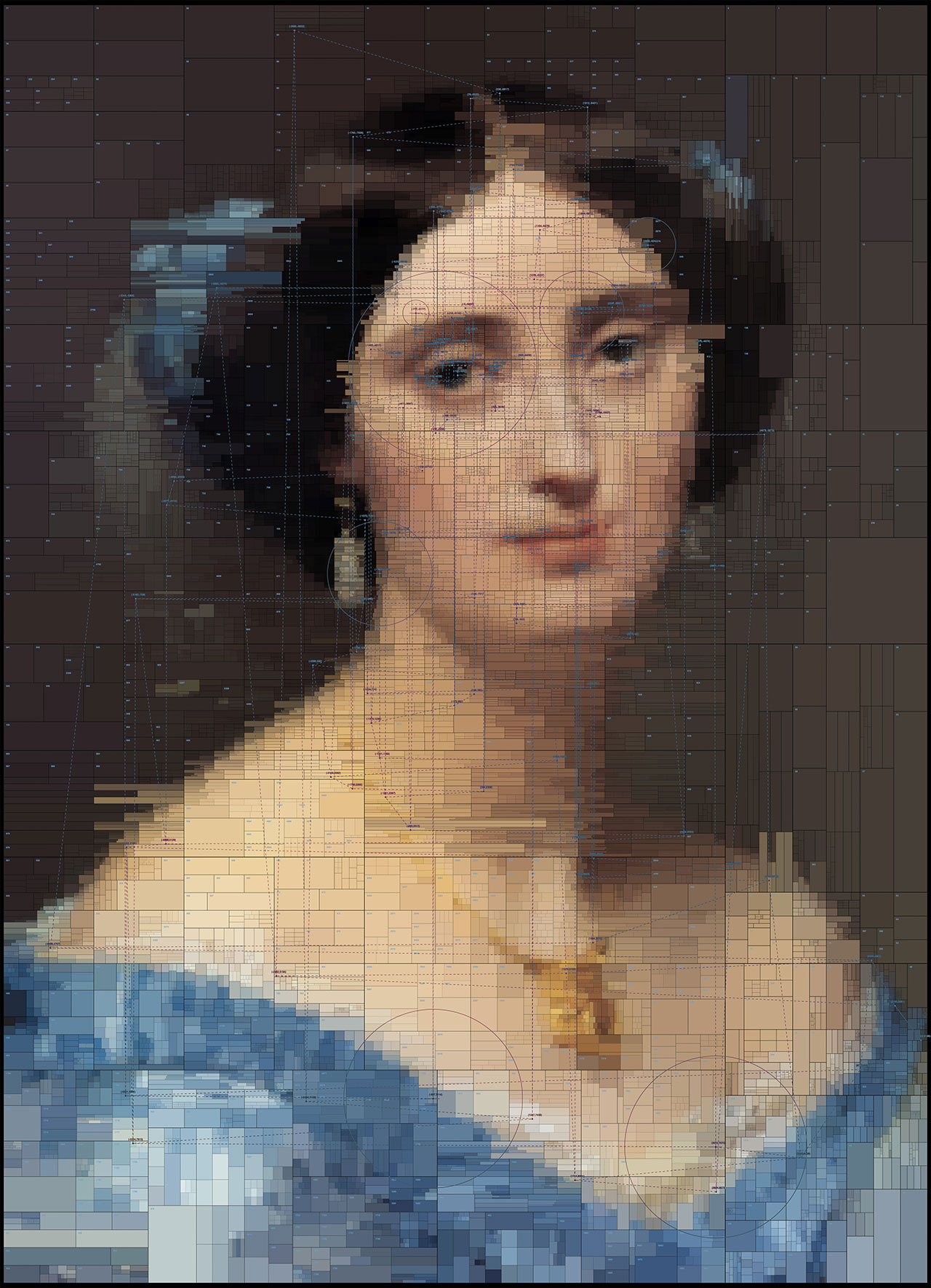Art and technology has always had a contentious relationship, from the invention of the photographic camera, to video recorders, to computers, artists have both passionately appropriated and decried technological advancements. For Greek visual designer and art director Dimitris Ladopoulos, who has always been inspired by both the arts and technology, their confluence only holds great potential, exemplified by his recent project “Portraits” where a bespoke algorithm re-interprets classical oil paintings though a contemporary, technological lens. The project stems from Ladopoulos’ fascination with “treemapping”, an information visualisation method for displaying hierarchical data using nested rectangles, and involved the creation of an algorithm in Houdini, a 3D animation application software. The experimental algorithm, which took four days to initially develop and which is being continuously revised and fine-tuned, calculates the density of the information of a given image, and then, based on a few user-controllable parameters, subdivides it into a kaleidoscopic array of monochromatic rectangles of varying sizes—the less information, the larger the rectangle area, “similar to the painters’ approach of using broader and finer strokes” as Ladopoulos describes it. The result is a geometrical mosaic of colour blocks that hovers between the impressionism of Pointillism and the starkness of computer pixelation.
